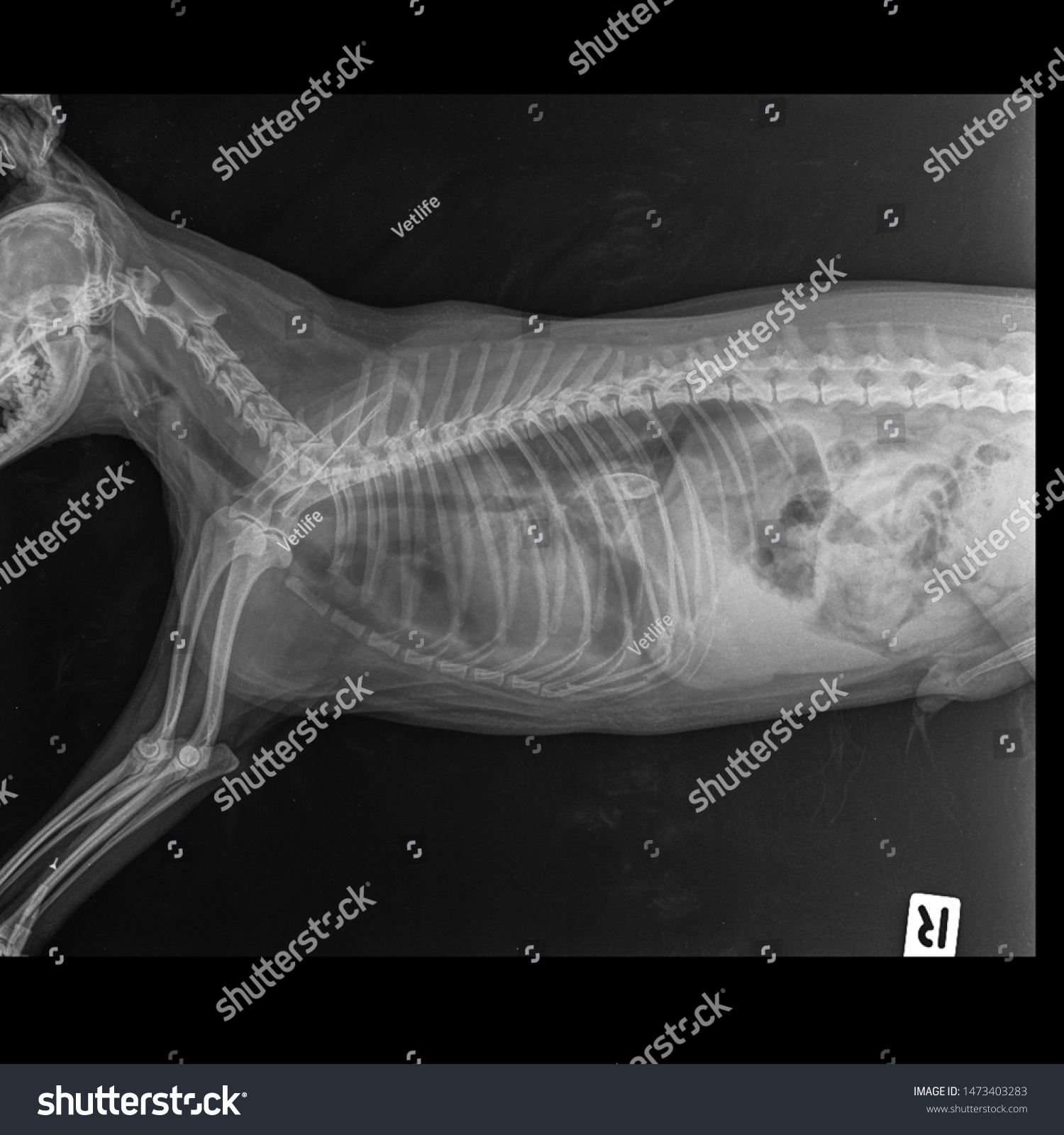10+ Signs Of Jaw Misalignment You Should Know

Jaw misalignment, also known as malocclusion, is a condition where the teeth and jaw do not fit together properly. This can lead to a multitude of issues, ranging from mild discomfort to severe pain and even affect the overall quality of life. Recognizing the signs of jaw misalignment is crucial for early intervention and prevention of more serious complications. Here are 10+ signs that you should be aware of:
Tooth Wear and Tear: One of the most common signs of jaw misalignment is uneven wear on the teeth. This can manifest as chipping, cracking, or wearing down of the enamel, especially on the front teeth or the molars. The misaligned bite causes some teeth to bear more of the chewing force than others, leading to premature wear.
Headaches and Migraines: Frequent headaches or migraines can be indicative of jaw misalignment. The strain on the jaw joint (TMJ) and surrounding muscles can radiate pain to the temples, forehead, and even the back of the head. This pain is often worse in the morning due to the clenched jaw position during sleep.
Clicking or Popping of the Jaw: A clicking or popping sound when opening or closing the mouth is a classic sign of TMJ disorder, which is often associated with jaw misalignment. This sound indicates that the jaw joint is not functioning smoothly, potentially due to a misaligned bite.
Jaw Pain or Tenderness: Pain or tenderness in the jaw area, especially when chewing, speaking, or yawning, can be a direct sign of jaw misalignment. The discomfort may be localized to the jaw joint or spread to the surrounding areas, including the face and temples.
Difficulty Chewing or Speaking: If you find it challenging to chew food properly or have trouble pronouncing certain words due to a unusual jaw position, it might be a sign of jaw misalignment. This difficulty can lead to avoiding certain foods or social situations due to embarrassment or discomfort.
Asymmetrical Face: In some cases, jaw misalignment can cause one side of the face to appear more prominent than the other, leading to facial asymmetry. This can affect self-esteem and overall appearance.
Grinding or Clenching Teeth: Grinding (bruxism) or clenching the teeth, especially during sleep, is a common habit associated with jaw misalignment. This can lead to further wear on the teeth and additional strain on the jaw joint.
Limited Mouth Opening: If you have trouble opening your mouth wide enough to eat, speak, or even yawn, it could be a sign of jaw misalignment. The restricted movement indicates a problem with the jaw joint or the surrounding muscles.
Tinnitus or Earaches: Some individuals with jaw misalignment may experience tinnitus (ringing in the ears) or frequent earaches. The TMJ is located close to the ear, and misalignment can put pressure on the surrounding structures, leading to these symptoms.
Neck and Shoulder Pain: The strain from a misaligned jaw is not limited to the jaw area; it can also affect the neck and shoulders. The muscles in these areas can become tense and painful due to the unnatural posture or compensatory movements made to alleviate jaw discomfort.
Bumps or Swelling on the Jawline: In rare cases, jaw misalignment can lead to noticeable bumps or swelling along the jawline. This could be due to cysts, tumors, or other growths that develop as a result of the chronic strain on the jaw.
Teeth Shifting: If you notice that your teeth are shifting over time, it could be a sign of an underlying jaw misalignment. The changing position of the teeth can lead to gaps, crowding, or further bite issues.
Sleep Disturbances: Jaw misalignment can disrupt normal sleep patterns. Pain or discomfort in the jaw can make it difficult to fall asleep or stay asleep, and the sleep quality may be compromised due to the subconscious clenching or grinding of teeth.
Recognizing these signs is the first step towards addressing jaw misalignment. If you identify with several of these indicators, it’s essential to consult with a dental professional or an orthodontist. They can provide a thorough examination, diagnose the extent of the misalignment, and recommend appropriate treatment options. Early intervention can prevent long-term damage, reduce pain, and improve the overall quality of life.
Frequently Asked Questions
What are the most common causes of jaw misalignment?
+Jaw misalignment can result from a variety of factors, including genetics, injury to the jaw, misaligned teeth, and habits such as teeth grinding or clenching. Additionally, developmental issues, certain medical conditions, and the way the upper and lower teeth fit together can also contribute to jaw misalignment.
How is jaw misalignment diagnosed?
+What are the treatment options for jaw misalignment?
+Treatment for jaw misalignment can vary depending on the severity and cause of the condition. Options may include orthodontic treatments to align the teeth, dental restorations to adjust the bite, physical therapy exercises to relax the jaw muscles, or in some cases, surgery to realign the jaw. Customized mouth guards or splints may also be recommended to reduce strain on the jaw joint.
Can jaw misalignment lead to other health issues if left untreated?
+How can I prevent jaw misalignment or reduce its symptoms?
+Understanding and addressing jaw misalignment is crucial for maintaining oral health and overall well-being. By recognizing the signs and symptoms and seeking professional advice, individuals can take the first steps towards a more comfortable, healthy, and confident life.

